Technology has come a long way over the past few years, and a great example of this is smartphones. We now have all the information we could need at our fingertips, along with applications that allow us to do different things. The fact that technology has developed so vastly over the past few years means that it has significant potential for the future, it has massive potential now. For example, we need technology now more than ever in the current pandemic. Using technology in a newly developed way can help stop the spread of the coronavirus and help save lives.
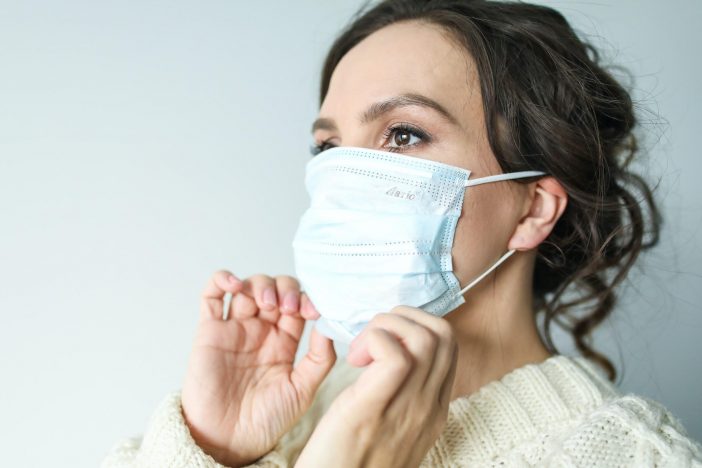
Smartphone devices are great for use when fighting against a virus-like coronavirus. Their most desirable and attractive feature is their capabilities and functionalities and the fact they are portable, easy to use, and almost everyone has one. As we look at the smartphone’s progress, it is evident that features like the camera have gone above and beyond what was expected. Carrying a personal handheld camera is unnecessary as the same technology fits straight into our pockets and can do more. The promise that this growth shows is that. Smartphones have the potential to be more. And so, with this in mind, they have the potential to help save lives during the pandemic.
How can smartphones be used to combat the virus?
Smartphones and some of their less sophisticated cousins can help track the locations of people by using cell phone tower signals, GPS, and Wi-Fi signals. However, the primary technology housed in smartphones that will help combat the virus is Bluetooth, which allows connection to nearby devices. By logging a combination of location data, the smartphone can be used to monitor individuals’ location. This will help authorities gather data on how many people are following restrictions, but it can also be used for contact tracing.
Using smartphones for contact tracing will help determine users with the virus and who they have been in contact with, helping prevent the virus’s spread. Smartphones can also be used to take surveys. The survey can help gather information about people’s health histories while combining their locations for an accurate picture. For example, reports have shown that North West London has become the epicenter of the virus. Using smartphones can help authorities better understand the spread of the virus in these communities.
How a smartphone can help with contact tracing
By using Bluetooth on a smartphone, they can log other phones they have been in close contact with. For example, if someone becomes infected with the virus, the smartphone will detect and ready a list of potential people exposed to and who they could have passed the virus. This will prompt the phone and supporting software to send notifications urging those people to get tested for the virus or self-isolate. Putting this method in place is more efficient and can work out better than traditional tracing methods, such as interviews, which are time-consuming and require large amounts of staff.
As with all new technologies benign tried and tested, the Bluetooth system is far from perfect. For example, phones might pick up each other from 15 feet apart and log them as entries. Likewise, users may be in different rooms with only a wall to separate them, but the smartphone will detect close contact. With these issues in mind, developers have been working on better defining what substitutes as contact between two devices, so there is still some way to go with the app. However, Bluetooth remains more accurate than GPS.
Smartphones have been great for many things in the past, but now they might be the savior we have all been waiting for. The smartphone and smartphone market’s future looks promising, and although the pandemic may have affected it, with fair use for it in the fight against the virus, there is a certainty that the industry will bounce back.

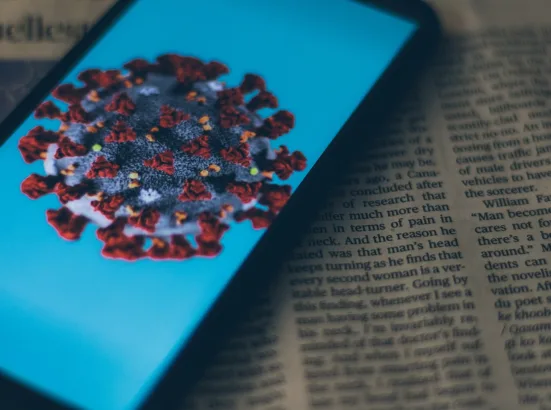
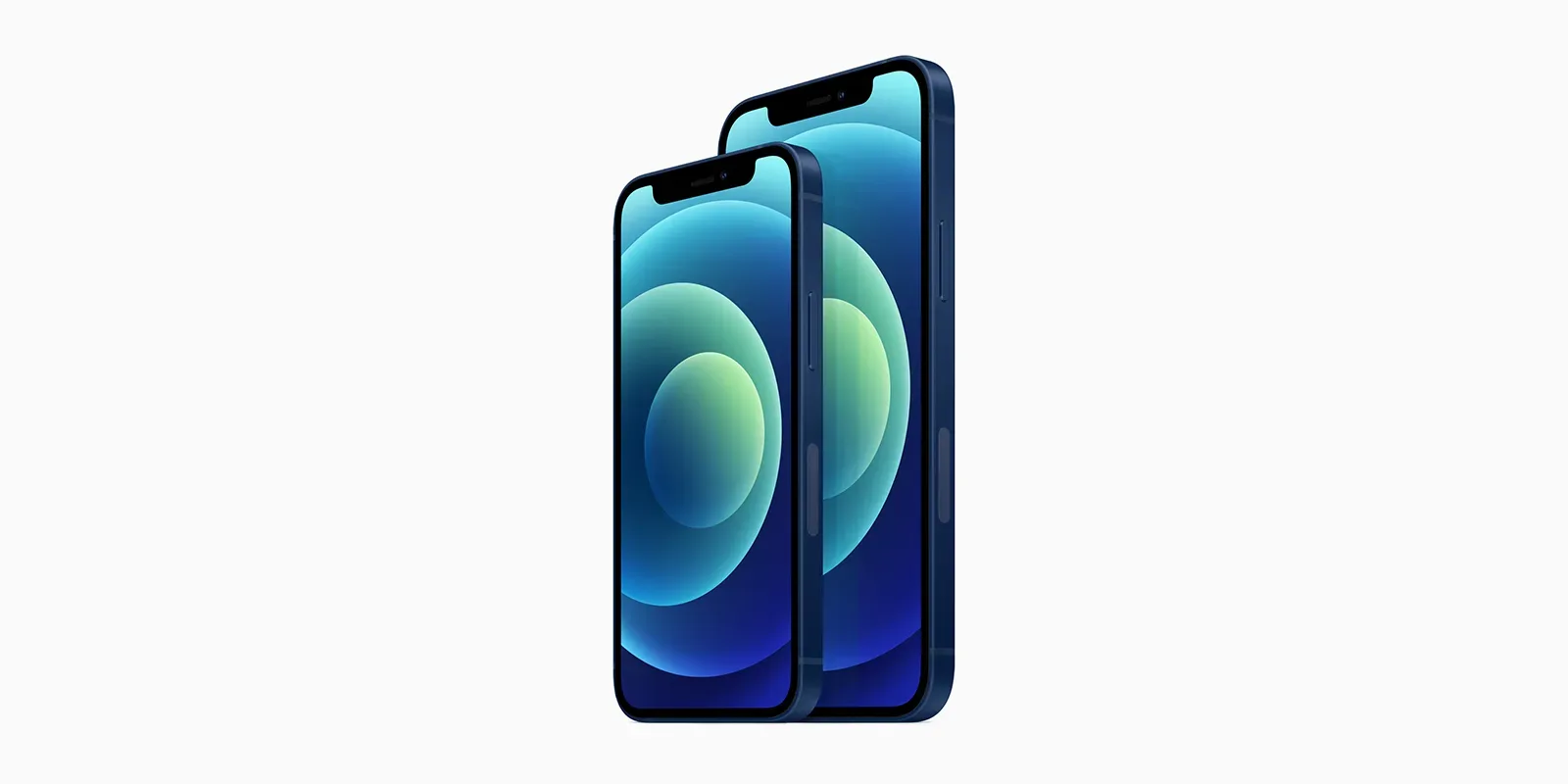
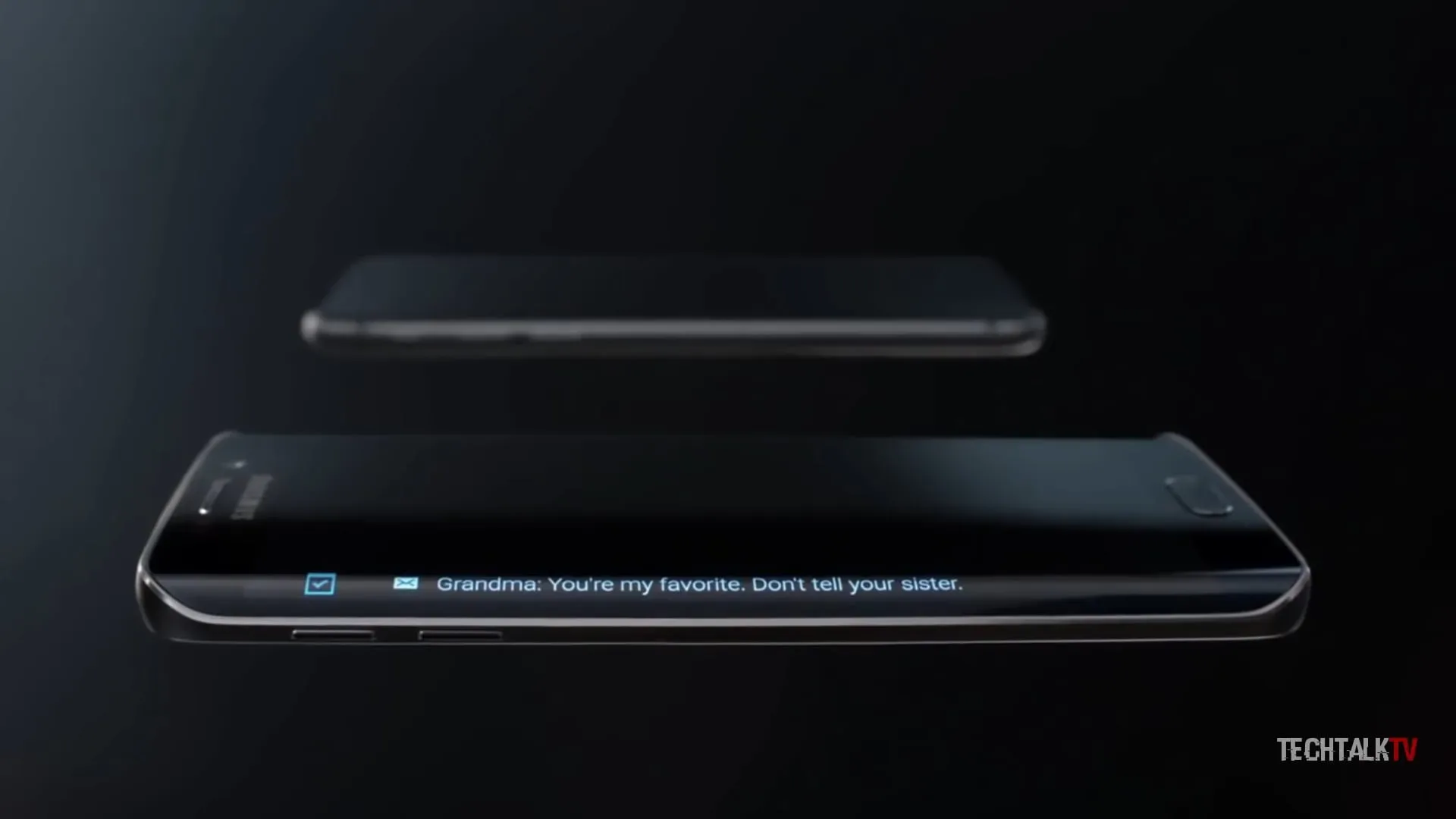
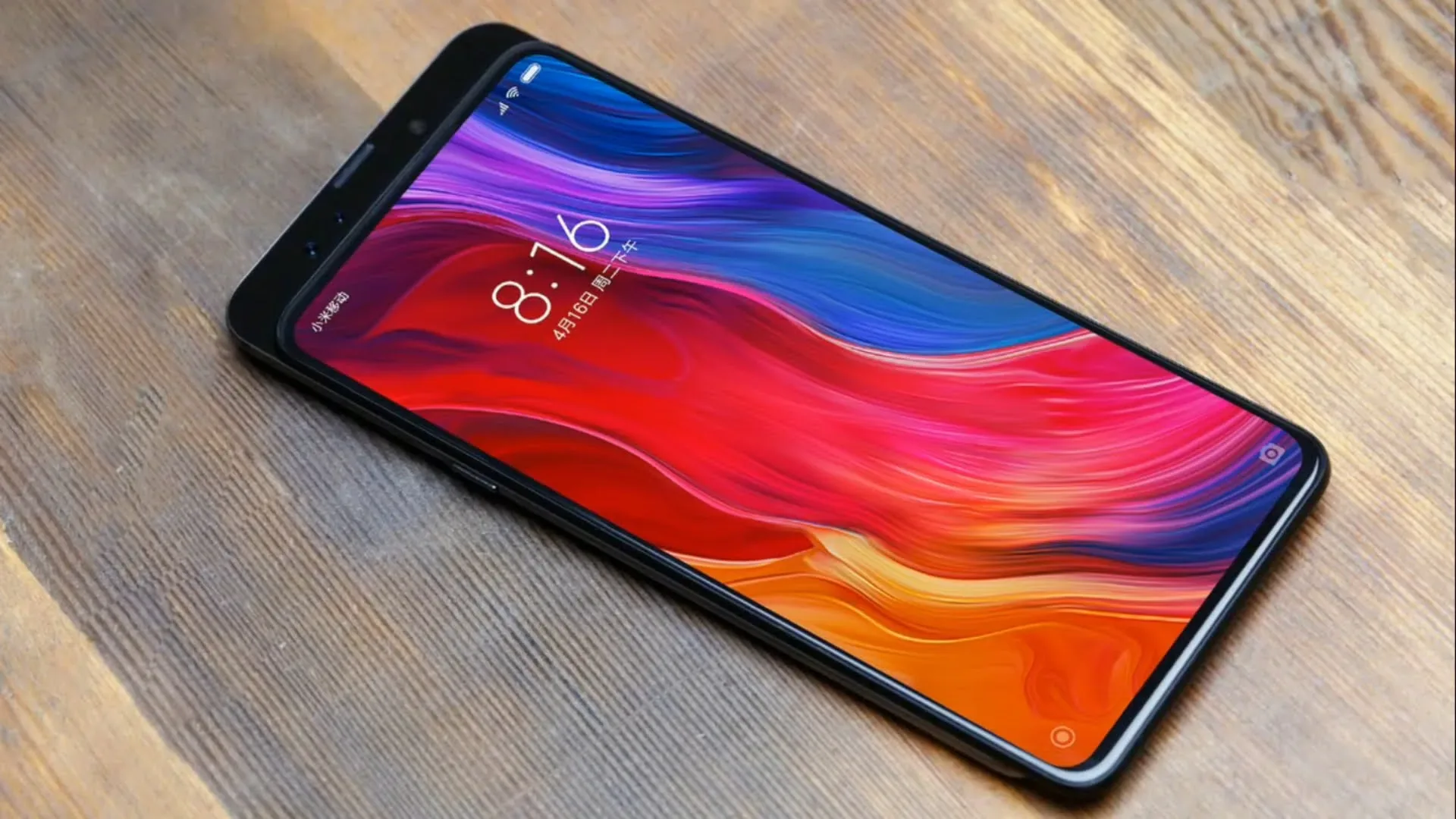


Share Your Thoughts